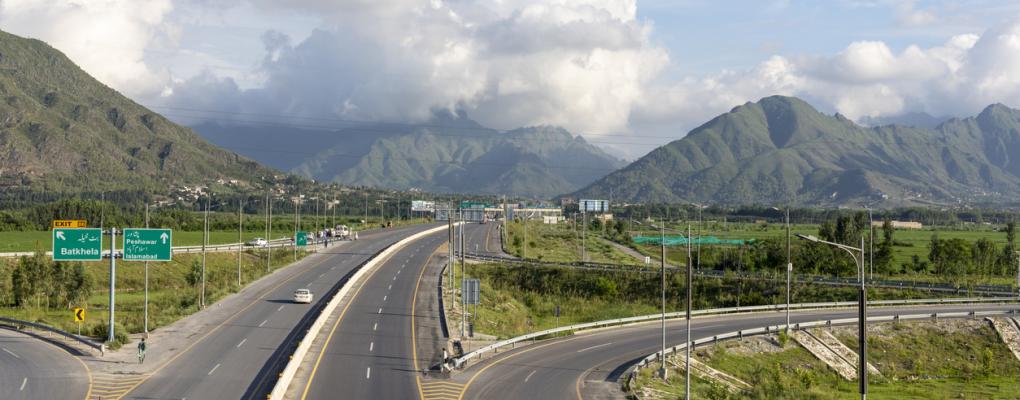
Navigating the landscape of public-private partnerships (PPP) can be a challenging endeavour, particularly when assessing project viability. PPP projects, particularly those situated in emerging economies, are often marred by various financial and structural hurdles. This is where Viability Gap Funding (VGF) steps in, serving as a vital mechanism that buttresses these projects.
VGF - The Lighthouse in the Storm
VGF functions as the linchpin in PPP projects, propelling these initiatives towards successful completion. These projects, though indispensable for societal and economic progression, may fail to achieve financial viability in the absence of VGF.
While it's commonly acknowledged that VGF mitigates risks in large-scale infrastructure projects, the multifaceted roles of this financial tool extend well beyond risk alleviation. VGF is a powerful force in spurring growth, instigating innovation, and endorsing equity within the framework of PPPs.
The Power of the VGF Grant
In essence, VGF is a grant earmarked to underpin infrastructure projects that are economically sound but financially lacking. This lifeline plays a pivotal role in bridging the financial chasm and makes these projects appealing prospects for private investments.
A major boon of VGF lies in its ability to pare down user charges. This is especially crucial for developing countries where cost recovery pricing could render services unaffordable for citizens. With VGF serving as the financial fulcrum, tariffs can be maintained at palatable levels without sacrificing service quality or jeopardizing the financial allure for private investors.
VGF in Action: Khyber Pakhtunkhwa, Pakistan
The government of Khyber Pakhtunkhwa (KP), Pakistan, provides an inspiring testament to the transformative power of VGF. Through the strategic application of VGF, the KP government successfully closed the financial loop for a major infrastructure project, the "Swat Motorway Phase 2," during the fiscal year 2022-23. This project, organized under a Special Purpose Vehicle (SPV), was implemented through a PPP model.
The KP government's endorsement of the Swat Motorway Phase-II project illuminates the dynamic capabilities of VGF in reinforcing PPPs. The government harnessed the power of VGF, employing it as a robust tool to address the financial viability dilemma inherent in sizable infrastructure projects. By subsidizing a portion of the project costs, the government effectively enhanced the project's attractiveness to private investors and diminished the financial risks that could deter them.
The deployment of VGF yielded significant benefits, most notably, facilitating a reduction in user charges such as tolls. By alleviating the financial pressure on users, the project could cater to a broader demographic, making its services more accessible. The drive towards inclusivity is particularly important in developing nations like Pakistan, where services priced solely on a cost-recovery basis may be out of reach for a sizable chunk of the population.
Moreover, VGF served as a beacon, guiding the private sector towards innovation. With the backing of VGF, private companies were incentivized to incorporate advanced technologies and proficient managerial practices into their operations, highlighting how VGF can spark innovation and amplify service quality, thereby delivering added value to end-users.
The Challenges of VGF and Potential Solutions
However, VGF is not without its challenges. A delicate equilibrium between public support and private sector efficiency is essential in its implementation to avoid complacency among private entities and maintain a healthy competitive environment. VGF's success hinges on striking a balance where public support is available but not overly relied upon, promoting a drive for efficiency and market-based solutions.
Further, implementing VGF requires diligent oversight and thorough project appraisals to prevent the risk of backing poorly conceived or financially unsound projects. Hence, governments must instate stringent appraisal processes to ensure funding is directed towards worthy projects. Misapplication of VGF can result in the squandering of limited public resources on projects devoid of social and economic merit, thus emphasizing the need for rigorous assessment, transparency, and accountability.
Conclusion: The Transformative Power of VGF
In summary, VGF in PPPs contributes far more than simply mitigating risk. It serves as a financial safety net, an impetus for technological innovation, an advocate for affordable service delivery, and a champion for balanced development. However, to unlock the full potential of VGF, careful implementation, consistent monitoring, and rigorous project assessments are key to successfully actualizing PPPs.
The case of the Khyber Pakhtunkhwa province in Pakistan clearly demonstrates the transformative power of strategic VGF application. This approach not only rendered major infrastructure projects feasible but also sparked a rising trend in infrastructure development. Through VGF, even capital-intensive projects that might have been dismissed as financially prohibitive have been realized, underscoring the true potential of this financial mechanism in the realm of PPPs.


